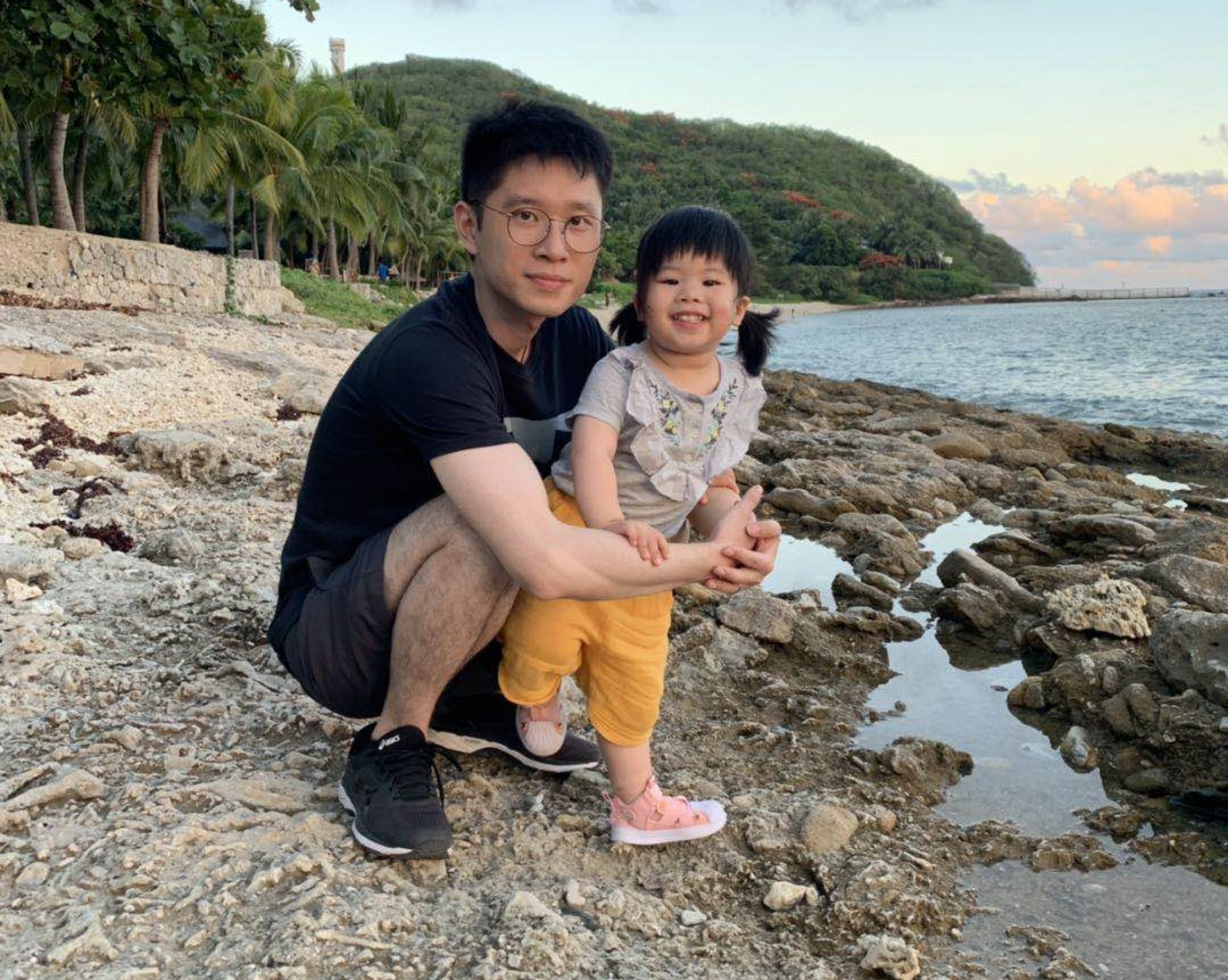Business models are useful for giving an idea of what might happen as a result of a trade agreement. They give the impression of being authoritative, but users should be aware that business models do not predict what will actually happen and that they have significant weaknesses. Traditional economic theory assumes that goods are exchanged between countries, but that the factors of production (for example, the hand. B, capital and technology) and services are not traded from one country to another. Recently, however, capital, technology and services have increasingly crossed national borders, and even workers move more frequently from one country to another. As a result, in recent rounds of multilateral negotiations and in U.S. bilateral agreements, negotiators have sought to develop rules for investment, intellectual property protection, services, and labor. Economists have had a considerable impact on trade policy, providing a strong justification for free trade and the removal of trade barriers. Although the objective of a trade agreement is trade liberalization, the current provisions are strongly influenced by national and international political realities. The world has changed enormously since David Ricardo proposed the law of comparative advantage, and in recent decades economists have changed their theories to take into account the trade of factors of production such as capital and labor, the growth of supply chains that now dominate much of world trade, and the success of neo-mercantilist countries in achieving rapid growth.
If trade diversion is greater than the creation of trade, the formation of the customs union or the free trade agreement would reduce the well-being of the world. When trade creation is more important, global well-being is improved. A clause on “national treatment of non-tariff restrictions” is needed because most of the features of tariffs can easily be duplicated with a well-designed set of non-tariff restrictions. . . .
